12 June 1778 Friday
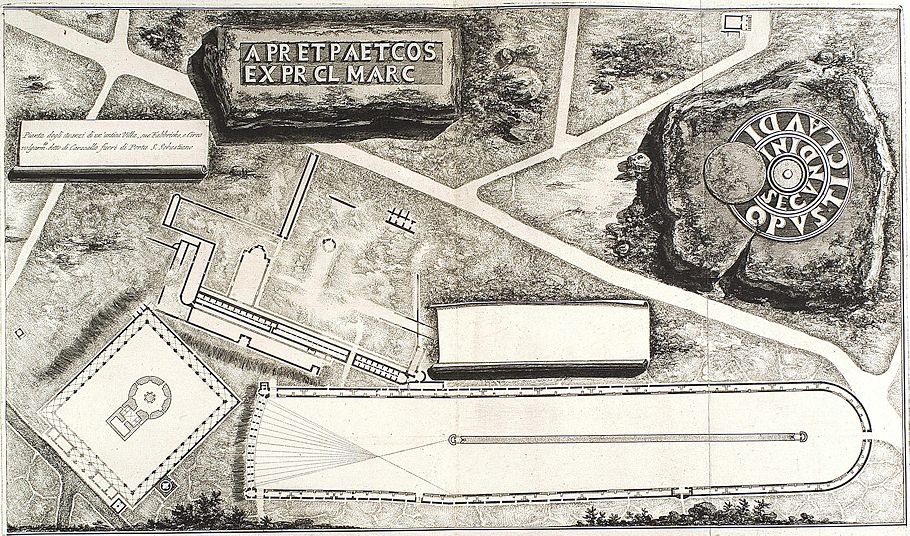
Giovanni Battista Piranesi (attributed), 'Pianta degli avanzi di un 'antica Villa, sue Fabbriche, e Circo volgarmente detto di Caracalla fuori di porta S. Sebastiano' first state, circa 1775-78 in Le Antichità Romane vol. 1 (Universitätsbibliothek Heidelberg), 1787.
12 June 1786

Francesco Piranesi, 'Icnografia del Circo de Caracalla fuori della Porta Capena in oggi S. Sebastiano' in Opere varie (Getty Research Institute), circa 1786.
12 June 1789
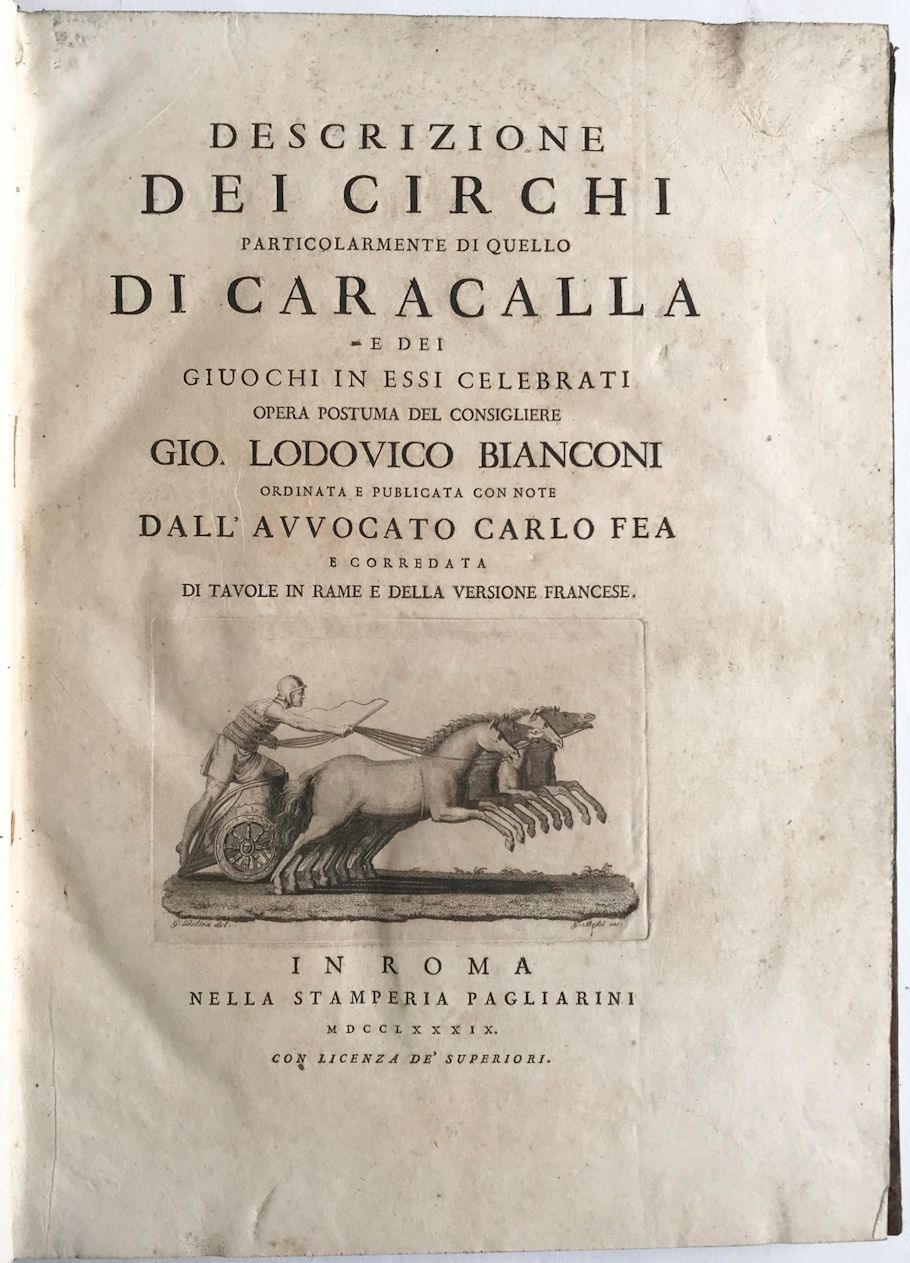
Description of the Circuses especially of that of Caracalla and the Divine Games celebrated in them.
Posthumous work of the councilor Gio. Lodovico Bianconi.
Ordered and published with notes by the lawyer Carlo Fea.
And accompanied of copper plates and the French version.
In Rome
In the Pagliarini printing house.
MDCCLXXXIX
With permission from superiors.
32 y.o. Francesco Piranesi 1 August 1790
Raccolta de'Tempj antichi, Vol. II.
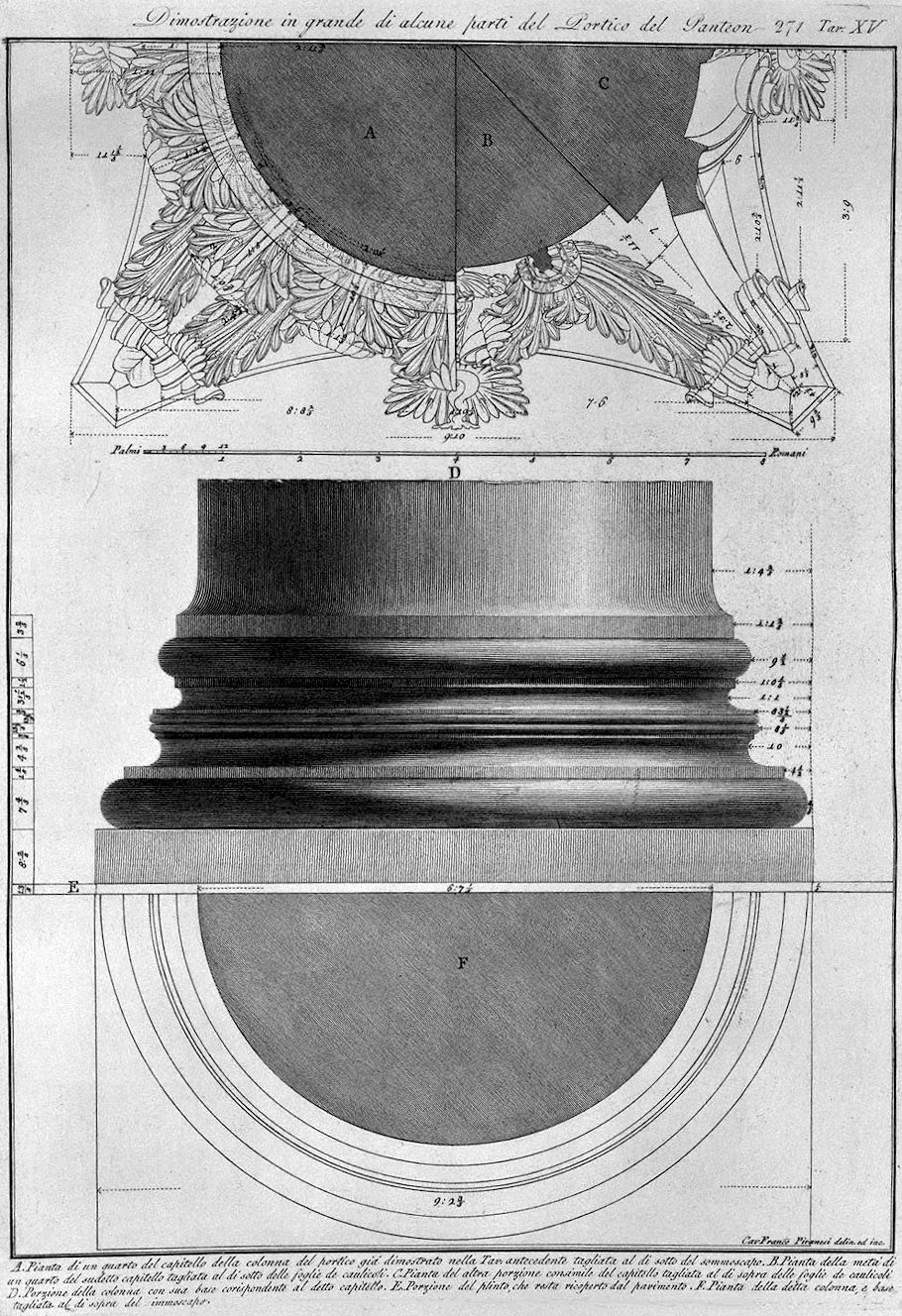
Large demonstration of some parts of the Portico of the Pantheon
A. Plan of a quarter of the capital of the column of the portico already shown in the previous plate cut below the sommoscapo. B. Plant of half of a quarter of the above capital cut below the leaves of the caulicles. C. Plan of the other similar portion of the capital cut above the leaves of caulicles D. Portion of the column with its base corresponding to said capital. E. Portion of the plinth, which remains covered by the floor. F. Plan of said column, and base cut above the immoscapo.
Cav. Francesco Piranesi drawn and engraved
12 June 1812 Friday
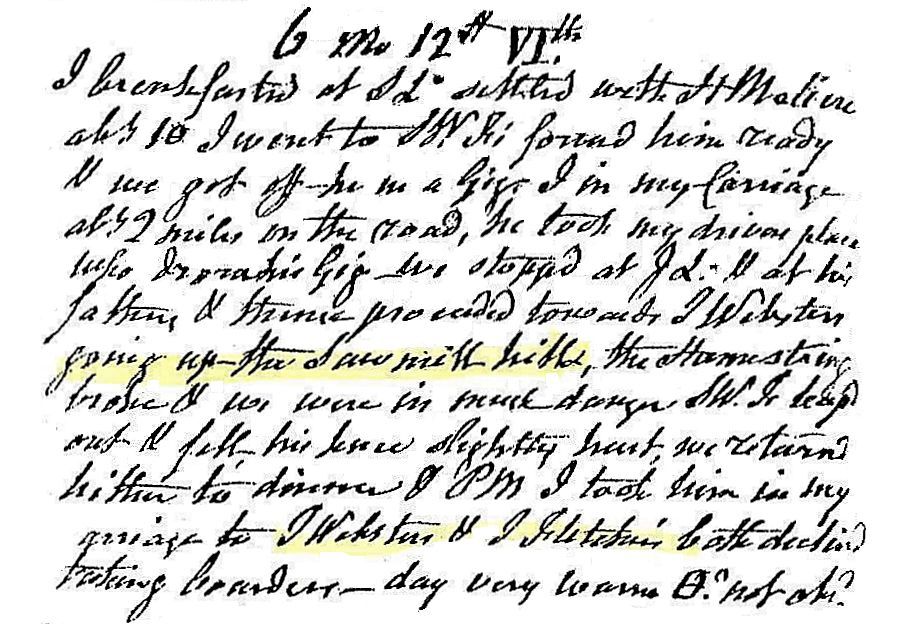
Breakfasted at SL's. Settled with St Moliere. About 10 I went to SWF's, found him ready and we got off--he in a gig, I in my carriage. About 2 miles on the road he took my driver's place, who drove his gig. We stopped at JL's and at his father's and thence proceeded towards T Webster's. Going up the saw mill hill the hamstring broke and we were in much danger. SWF leapt out and fell, his knee slightly hurt. We returned hither to dinner and PM took him in my carriage to T Webster's and T Fletcher's. Both declined taking boarders. Day very warm, temperature not observed.
12 June 2006
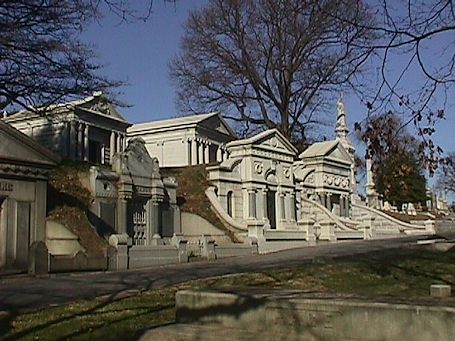 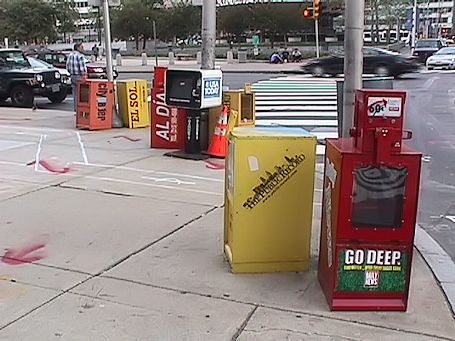
same difference?
 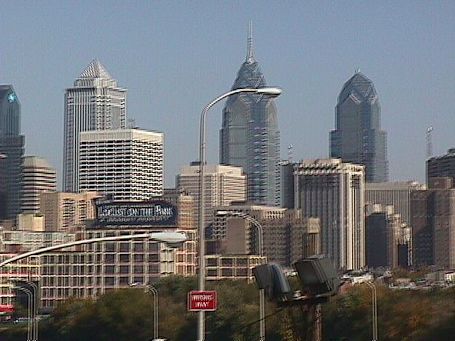
same difference?
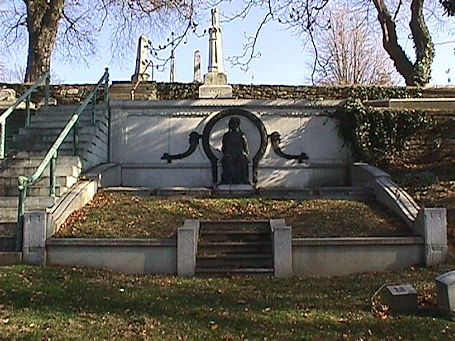 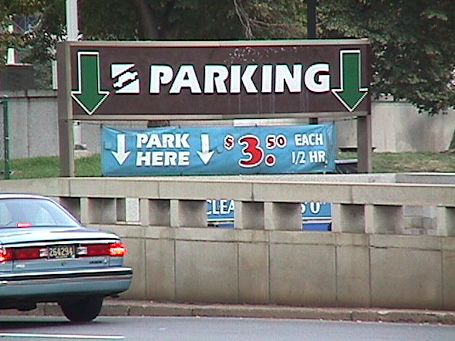
same difference?
12 June 2009
please comment or destroy, thank you
"In German, a mnemonic can be fashioned from the literal meaning of the Latin word complicare. which means "to fold together (zusammenfalten)": the complicated, then, can be rendered graspable via unfolding (Entfaltung), because it thereby becomes simple (einfach) in a sense of naïve or ingenuous (einfältig). But the Latin word complexus means "mutual embrace," or, so to speak, the labyrinthine [emphasis added], the convoluted: here, simplicity already contains within itself the seed of all the complexity that comes to appearance through its own development. In cases of doubt, then, the complicated can be profitably reduced and simplified--but the complex, in contrast, cannot be simplified with impunity. To say that something is complicated means that the finite number of its determinations cannot be grasped directly. To say that something is complex means, by contrast, that the number of its determinations is simply infinite."
Clemens Bellut, "Ach, Luise, lass ... das ist ein zu weites Feld," or: The Gordian Knot of Complexity" in Complexity: Design Strategy and World View (2008).
Eternal Wrest . . . really only the beginning?
"All the world's a next stage."
12 June 2012
Why is architectural theory so hard to read?
Lotus International 19 happens to be the first Lotus magazine I ever bought, so its contents are (still) fairly well ingrained within my memory. Looking over "Cities within the city" (again) last night reminded me of another subsequent Ungers essay--"Architecture of the Collective Memory"--also published within Lotus, this time Lotus International 24 (1979). I personally remember this essay as something I really connected with, something that I really liked the idea of, but I don't think I've (re)read the essay in many years. Of course, I reread "Architecture of the Collective Memory--The infinite catalogue of urban forms" last night, and wow, it like blew me away because what Ungers relates is exactly how I've come to see Piranesi's Ichnographia Campus Martius, that is, as a whole city of architecture of collective memory, indeed an infinite catalogue of urban forms. Interestingly, such a view of the Ichnographia Campus Martius is what Aureli (and Eisenman) do not (want [you] to) see the Ichnographia Campus Martius as.
Being restless, I continued to read more of The Possibility of Absolute Architecture. I read the Boullèe chapter and started the Ungers/OMA chapter (five). Ten pages into chapter five you encounter material on the Havellandshaft, which is how Ungers ends "Architecture of the Collective Memory," yet Aureli no where mentions the "collective memory" aspect of the Havellandshaft (nor does Aureli footnote reference "Architecture of the Collective Memory--The infinite catalogue of urban forms" in Lotus International 24).
I now feel inspired to write a book entitled The Reality of Convenient Memory Architecture, theory even.
"Architecture of the Collective Memory" begins with these passages:
In his book Invisible Cities Italo Calvino invented an imaginary conversation between the Venetian traveler Marco Polo and the great emperor of a distant country. "At this point Kublai Khan interrupted him or imagined interrupting him, or Marco Polo imagined himself interrupted, with a question such as: 'You advance always with your head turned back?' or 'Is what you see always behind you?' or rather 'Does your journey take place only in the past?'"
All this so that Marco Polo could explain or imagine explaining or succeed finally in explaining to himself that what he sought was always something lying ahead, and even if it was a matter of the past it was a past that changed gradually as he advanced on his journey, because the traveler's past changes according to the route he has followed: not the immediate past, that is, to which each day that goes by adds a day, but the more remote past. Arriving at each new city, the traveler finds again a past of his that he did not know he had: the foreignness of what you no longer are or no longer possess lies in wait for you in foreign unpossessed places.
12 June 2013
Post something that soothes your soul, damn it !
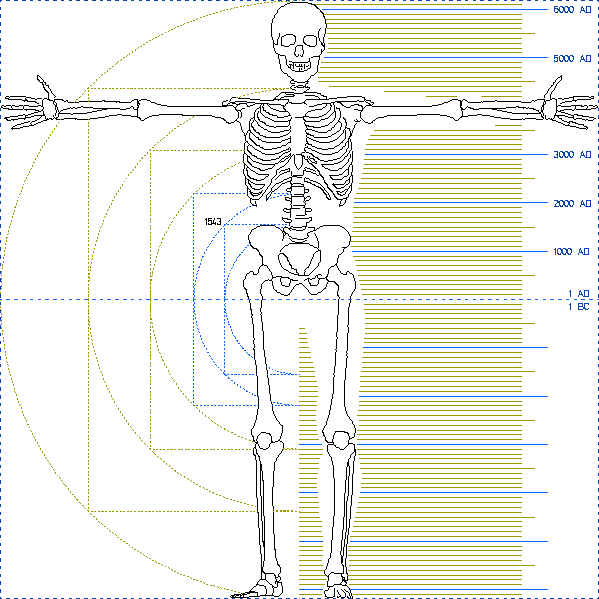
The Time Machine Incarnate, the ever upward lift of the plane of the present.
In the year 2525, osmosis expanding outward, metabolism shrinking inward, and the structural network steadily growing toward full circle.
12 June 2016
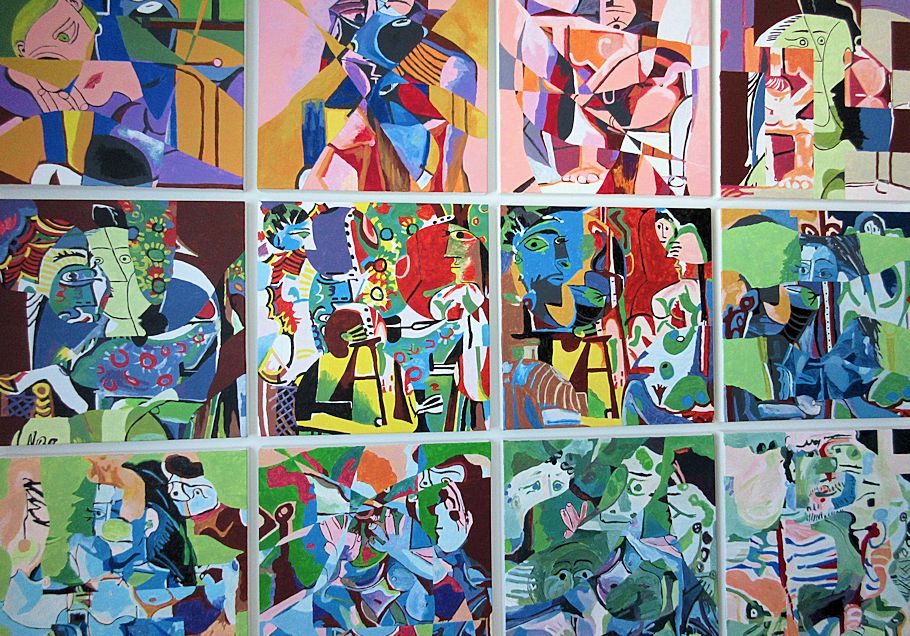
12 June 2017
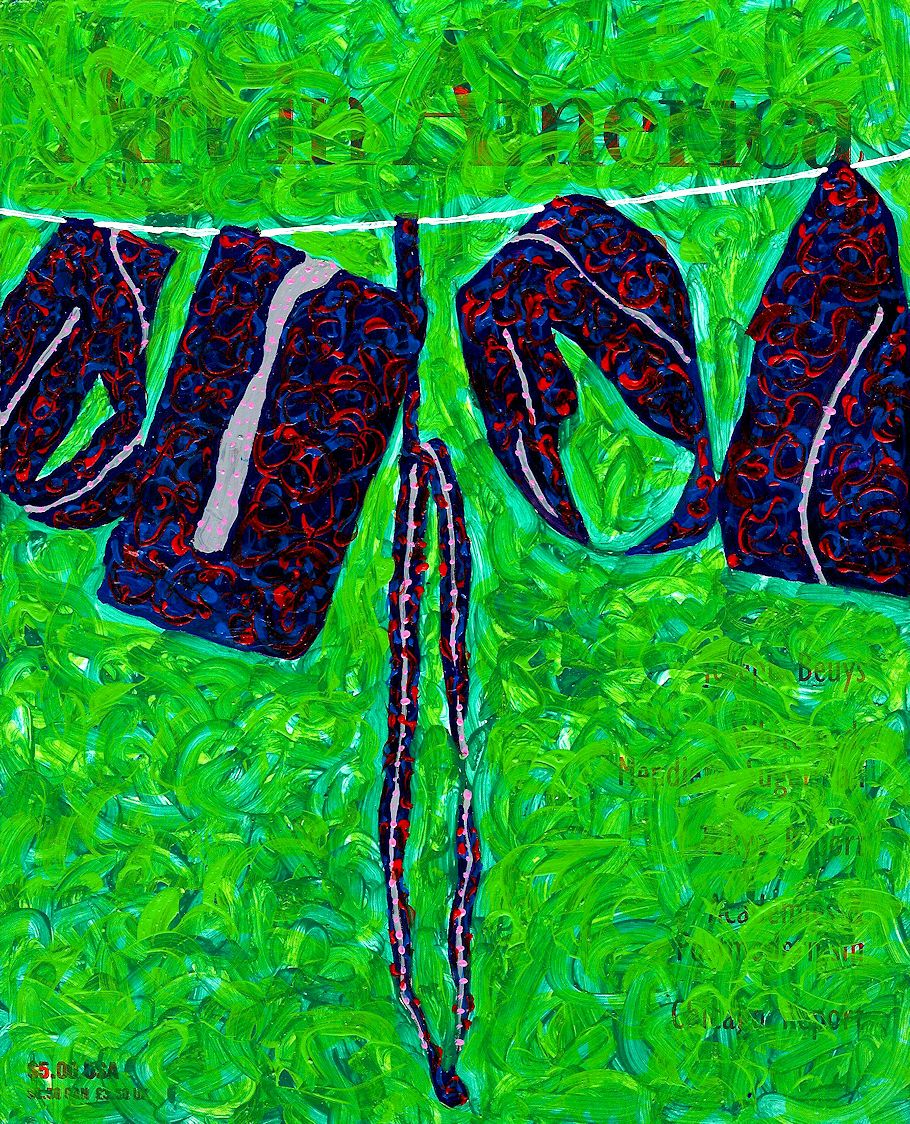
zero four eight
12 June 2023 Monday
Yesterday's work on The Discovery of Piranesi's Final Project began with web searches of other possible instances of "Pianta degli avanzi di un 'antica Villa, sue Fabbriche, e Circo volgarmente detto di Caracalla fuori di porta S. Sebastiano." The were no results from a search using the full title of the work, so I then searched simply using "circus of caracalla." A plan image I've never seen before showed up:
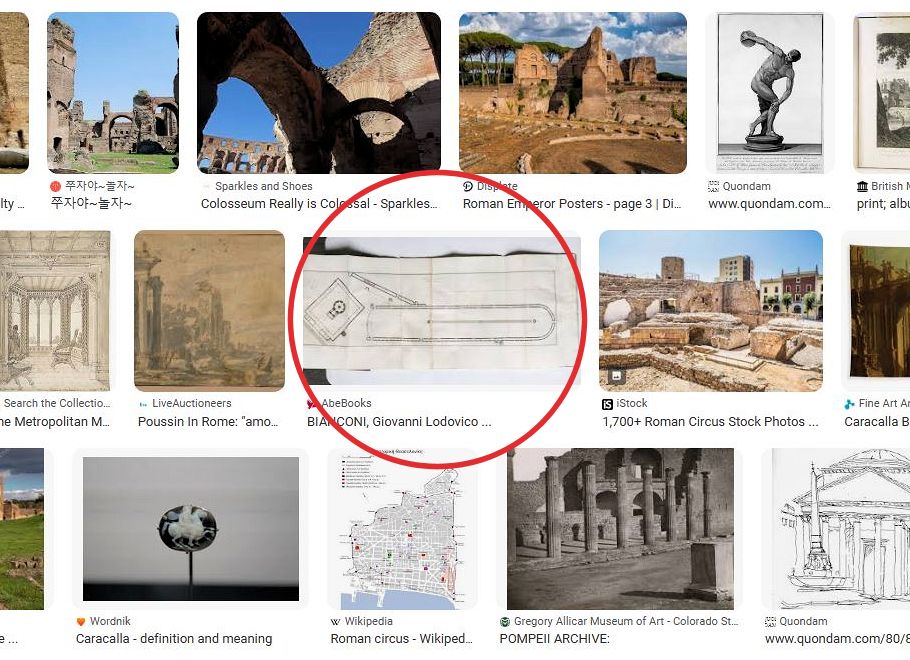
And clicking on the image led to a listing at abebooks.com...
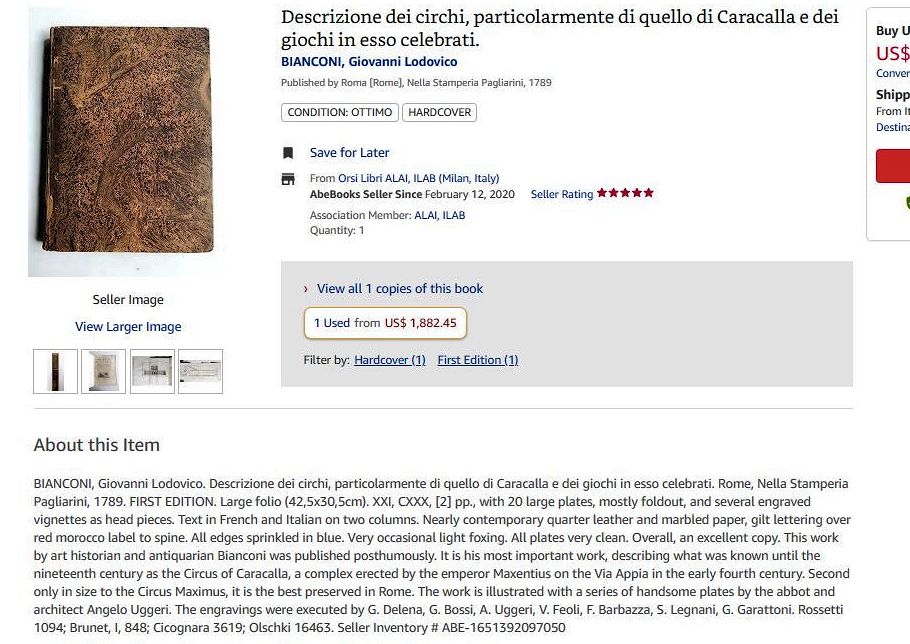
...including this site plan image:
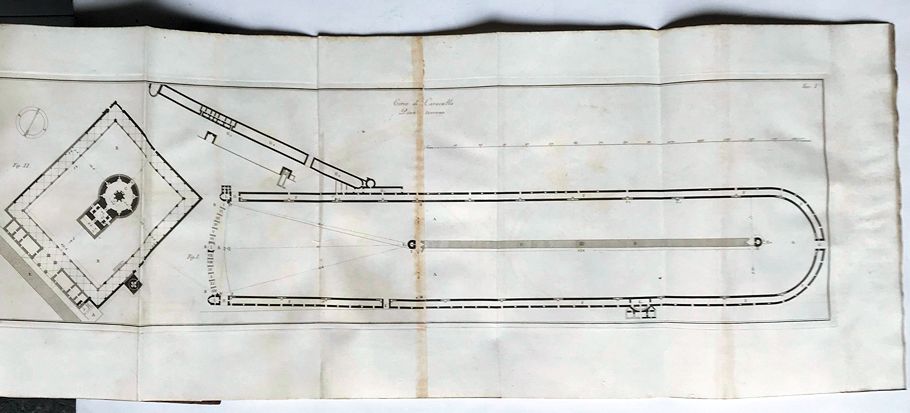
Later, after dinner, I find that Bianconi's Descrizione dei circhi, particolarmente di quello di Caracalla e dei giochi in esso celebrati is available at archive.org. Strangely, the entire publication with all its illustrations is nicely scanned except for the large foldout site plan depicted above.
|